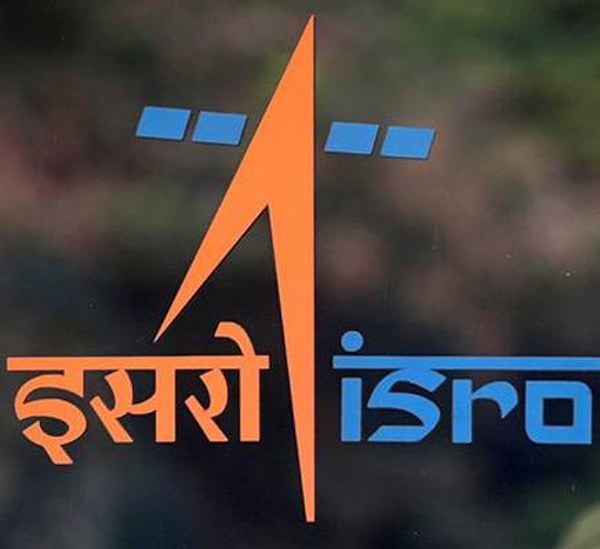The Indian Space Research Organisation (Isro) has commissioned a new 18m antenna, which for the first time, allows the space agency to conduct telemetry and command operations on the much faster X band (frequency). So far, Isro only used X band for payload data downloading and used the S band for telemetry and command.
Compared to S band, which operates with 2GHz to 4GHz, X band functions in 8GHz to 10GHz. Sources at Isro, terming this a major milestone, said this has two advantages: “First, it increases the speed of commands and second, reduces possibility of any interference given that the S band is now also used by telecom companies for 5G.”
The antenna was developed from the funds meant for Aditya-L1 — India’s first solar missions expected to be launched in late 2022 — and will be used for other deep space missions in the future too aside from being available for international customers.
“The indigenous antenna and station is capable of performing transmit and receive operations in both S and X bands. It is equipped with auto-tracking features in both the bands and is remotely operable from the Isro Telemetry, Tracking and Command Network (Istrac) network control centre and is CCSDS (Consultative Committee for Space Data Systems) compliant facilitating interoperability and cross-support among different space agencies,” a senior scientist told TOI.
Another scientist said that with international agencies like Nasa having already migrated to X band for telemetry and command operations, Isro was unable to offer services so far. With the commissioning of the new antenna, the space agency will be able to attract more collaborations.
Confirming the developments, Isro chairman K Sivan, said: “Developed by ECIL (Electronics Corporation of India Limited) with some key systems coming from BARC (Bhabha Atomic Research Centre), the antenna has been commissioned in Byalalu here. It marks a new era as we can do telemetry operations in a new band, and it will also provide opportunities for NSIL to commercialise it in the future.”
Sivan said that the demand for the said antenna arrived from Aditya-L1 and has been commissioned as part of the preparations for the mission. “But other deep space missions and satellites can also use it in the future,” he said.
Aditya-L1 is India’s first dedicated space-based solar observatory of India and will be around the Earth-Sun Lagrange point L1. “With the inclusion of multiple payloads, this project also provides an opportunity to solar scientists from multiple institutions within the country to participate in space-based instrumentation and observations. Thus the enhanced Aditya-L1 project will enable a comprehensive understanding of the dynamical processes of the sun and address some of the outstanding problems in solar physics,” according to Isro.
You may also like
-
New Heat-Based Approach To Cancer Treatment Can Reduce Chemotherapy Doses
-
Scientists Take A Major Step Towards Unification Of Classical & Quantum Gravity
-
India Graphene Engineering and Innovation Centre (IGEIC) Under the Vision of Viksit Bharat@2047 Launched
-
New High-Performance Gas Sensor can Monitor Low Level Nitrogen Oxides Pollution
-
Antidepressant Drug can be Repurposed for Treating Breast Cancer
